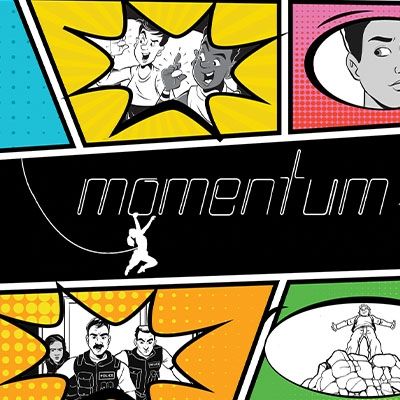Monthly Archives: June 2023
-
Posted on: Jun 30, 2023
In the discussion around what makes a ‘proper book’ that is worthy of a school library, graphic novels have historically been kept at arm’s length. However, attitudes to graphic novels in schools are rapidly changing, and concerns about their ability to provide an enriching reading experience are being rightfully dispelled. Graphic novels are essentially a sequence of images and short bursts of text working in harmony to tell a story. The image frequency provides opportunities to infer emotion and tone in ways that aren’t always there in a standard novel. The presence of sequential boxes also really helps to focus the reader’s concentration on the trajectory of the story.
It's true that there are some elements of graphic novels that can be a problem for more struggling readers and those with dyslexia or other information-processing difficulties. For example, graphic novels are often very visually busy, making them potentially overwhelming. The order of the text and speech boxes can
- 2024
- 2023
- 2022
- 2021
- 2020
- 2019
- 2018
- 2017
- 2016
- 2015
- 2014
- 2013
- 2012

